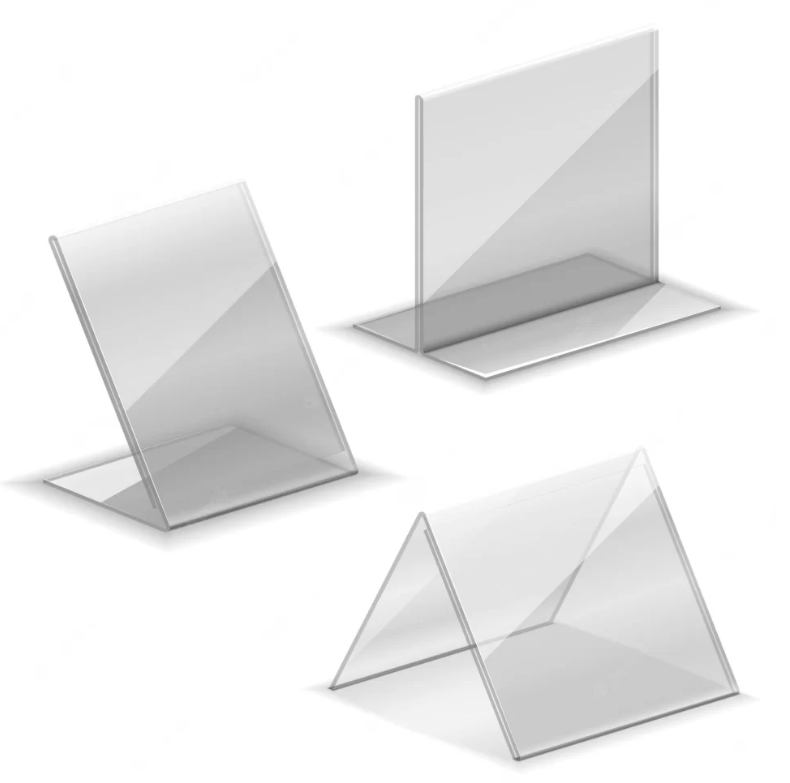The Manufacturing Process of Acrylic Plastics: What You Need to Know
Acrylic plastic, also known as acrylic or polyacrylate, is an engineering plastic with great physical properties that make it suitable for many applications. It is commonly used in medical, industrial and consumer products due to its flexibility, transparency, durability and machinability. But how exactly is this material made?
In this article, we will explore how is acrylic plastic made and how its unique properties make it an ideal choice for various engineering applications. Read on.
History of Acrylic Plastic and Engineering Plastics
Engineering plastics are polymers that provide superior performance characteristics compared to traditional plastic materials. The most common types of engineering plastics are based on acrylic or polycarbonate but also include varying combinations of other synthetic materials such as nylon, polyester and acetal. Engineering plastics have excellent thermal and chemical resistance properties and offer superior strength and durability compared to traditional plastic materials.
The history of acrylic plastic, also known as polymethyl methacrylate (PMMA), goes back to the 1930s when it was first synthesised. Since then, acrylic plastic has become one of the most versatile engineering plastics used for many applications ranging from aircraft canopies and medical devices to lighting fixtures and toys.
Acrylic plastic is derived from a chemical reaction between two substances: acrylic acid and methyl methacrylate. The resulting product is a hard, clear plastic that can be injection-moulded or thermoformed into various shapes for specific uses.
Types of Engineering Plastics
Engineering plastics are specifically designed to meet the high-performance requirements of various industrial applications. They have superior mechanical and thermal properties, which makes them ideal for use in a wide range of industrial applications. Some common types of engineering plastics include:
Acetal: A strong, stiff and resilient plastic that has good dimensional stability and excellent resistance to wear and chemicals.
Nylon: A versatile plastic that is known for its toughness, high tensile strength, and excellent resistance to abrasion, chemicals and heat.
Polycarbonate: A transparent plastic that has excellent impact resistance and good dimensional stability, making it ideal for use in safety glasses, electronic components and other applications.
Acrylic: A clear plastic that has high optical clarity and good weatherability. This is suitable for use in windows, signs and lighting applications.
Polyethylene: A tough, lightweight plastic that has great resistance to chemicals, moisture and impact. This is commonly used in packaging, pipe systems and other applications.
PEEK: A high-performance plastic that has excellent mechanical and thermal properties and is suitable for use in aerospace, automotive and medical applications.
Advantages of Acrylic Plastics
Engineering plastics like acrylic plastics are incredibly versatile materials that can be used for various applications, from injection moulding to 3D printing. They can be produced using various technologies and processes, including extrusion, casting, and thermoforming.
As an engineering plastic, acrylic plastic offers excellent impact resistance, clarity, flexibility and durability. It can be easily machined and formed into complex shapes, and its transparency makes it perfect for windows, sign displays, lamps and other lighting fixtures.
Additionally, acrylic plastic is lightweight yet strong enough to withstand heavy loads. This makes it an ideal material for engineered components, such as gears and fasteners. Its resistance to most chemicals also makes it suitable for parts exposed to harsh environments.
Acrylic is also a cost-effective choice for industrial projects, as it is easy to work with and requires little maintenance. It can be dyed into virtually any colour and combined with other engineering plastics to create unique products.
How Is Acrylic Plastic Made?
Engineering plastics like acrylic plastic are created through a process of polymerization and moulding. Methyl methacrylate resin, which contains molecules of acrylic acid, carbon and oxygen, is first polymerised. The resulting molecules are melted together to form acrylic material. The composition of the resin may vary depending on its intended use but typically includes a monomer and two or more types of comonomers.
Once the resin has been formed, it goes through thermal polymerisation, breaking down the molecules into smaller units. The resulting material is then cooled and shaped by injection moulding, extrusion or thermoforming tools. Depending on how the acrylic material will be used, additives, such as pigments or stabilisers, may be added during this process. Finally, the product is tested for its strength and durability before being ready for sale.
Applications of Acrylic Plastic
As a synthetic polymer, acrylic plastic can be formed into various shapes and used for products, such as window panes, windshields, aquariums and paints. It is also lightweight and strong, which makes it an ideal material for many industrial and consumer products.
Acrylic plastic has properties that are suitable for the automotive, aerospace and construction industries. This plastic is used to manufacture items, such as bearings, gears, turbine blades, safety helmets and medical implants. Additionally, as one of the engineering plastics with excellent electrical insulation properties, acrylic plastic is also used for various electrical applications.
The most common applications of acrylic plastics are in the following areas:
Furniture
Aquariums
Art projects
Lighting fixtures
Signage systems
Protective shields
Display cases and other displays
Automotive windshields, windows and side mirrors
Home appliances, such as washing machines and refrigerators
Medical applications, such as hearing aids and bone replacements
McNeall Plastics: Helping Businesses Through Plastic Engineering and Manufacturing
Engineering plastics, such as acrylic plastics, offer numerous advantages over traditional metals and alloys. They are lightweight yet durable, cost-effective, easy to work with and can be customised to meet specific requirements. At McNeall Plastics, we specialise in manufacturing high-quality engineered plastic components for various industries.

